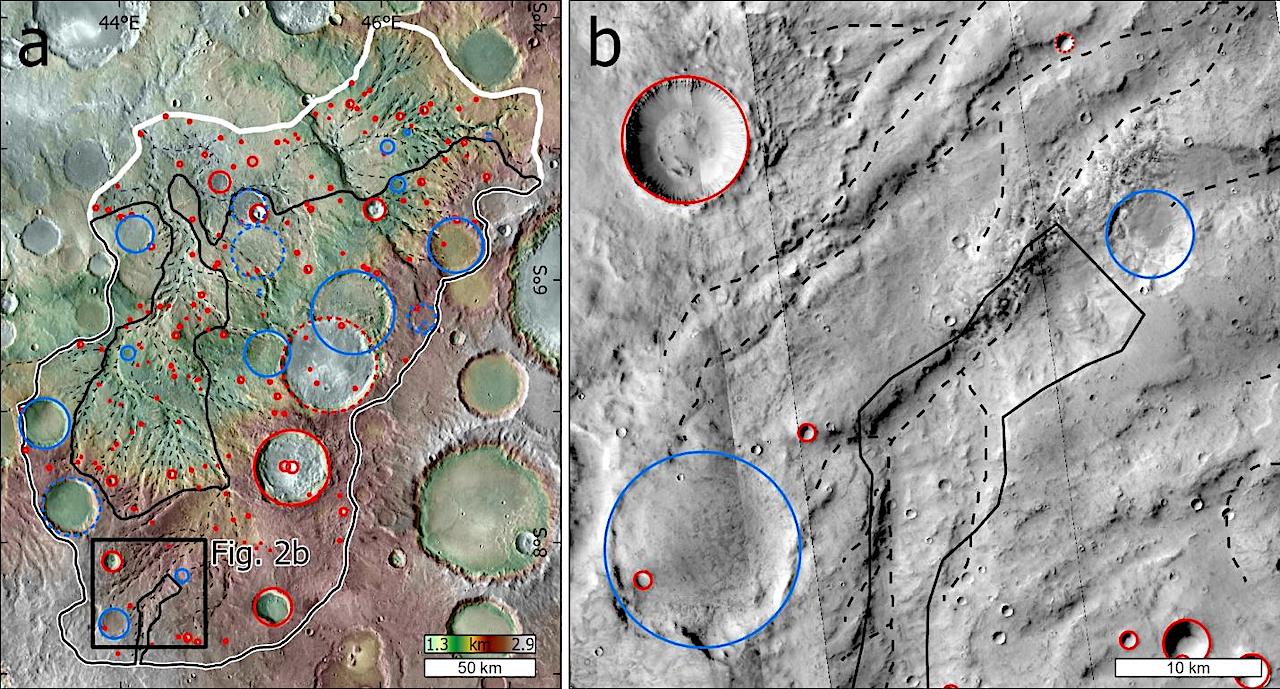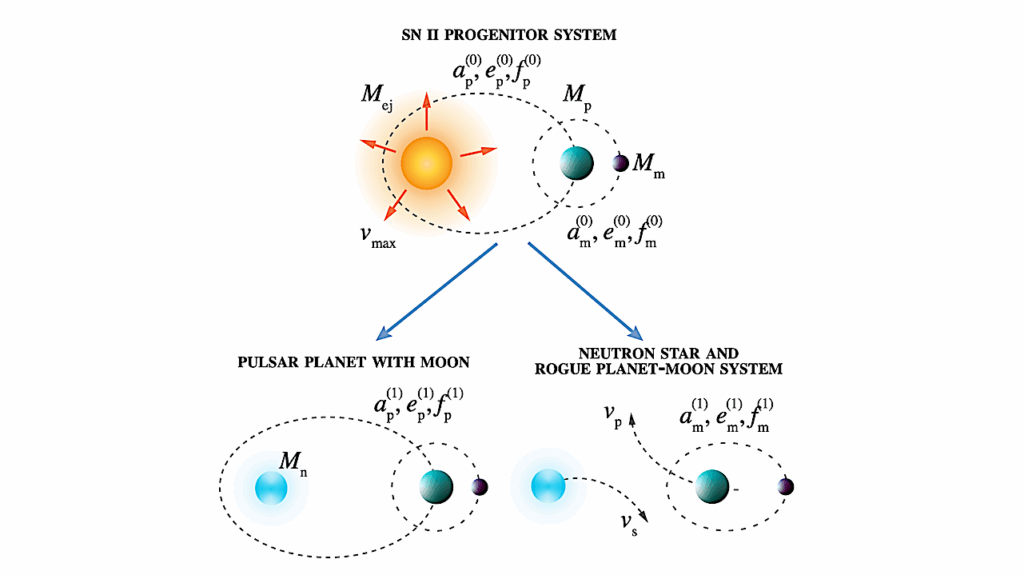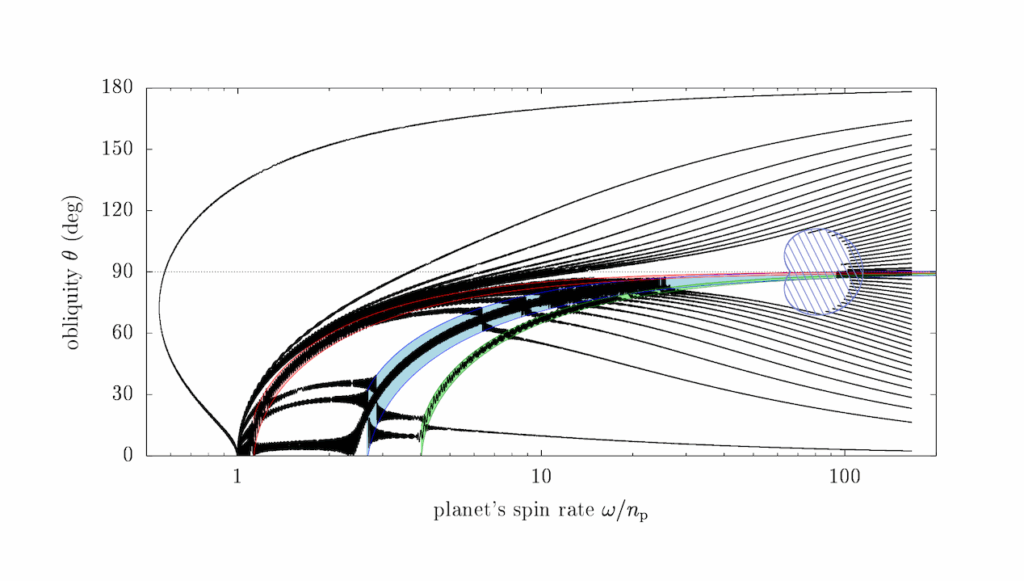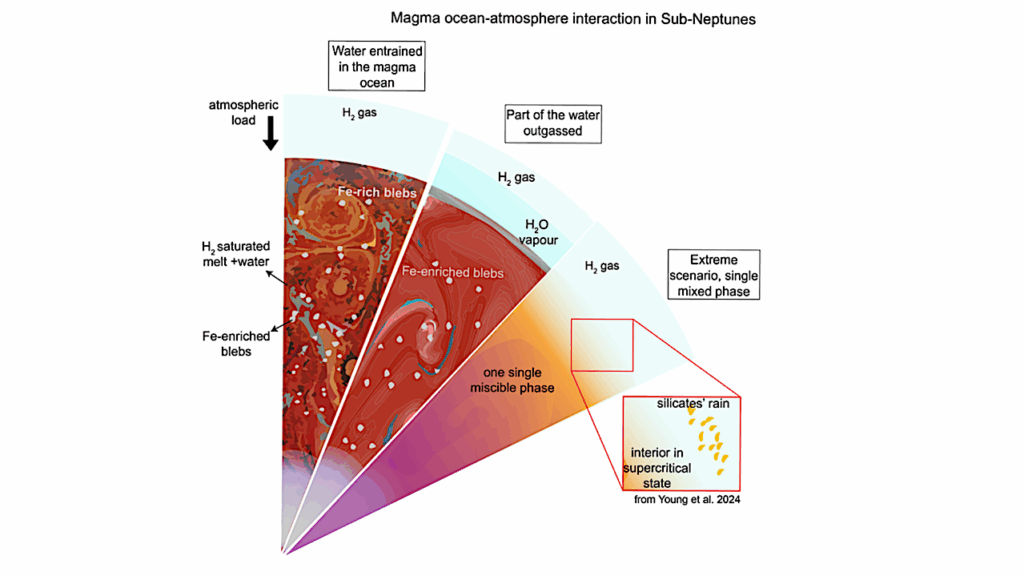Water May Have Flowed Intermittently in Martian Valleys for Hundreds of Millions of Years

Using impact craters as a dating tool, Planetary Science Institute Research Scientist Alexander Morgan has determined maximum timescales for the formation of Martian valley networks shaped by running water.
“Mars today is a global desert, but its surface preserves extensive evidence of past flowing water, including what appear to be river valleys. The timescale over which these valleys formed has big implications for early Mars’ habitability, as long eras with stable liquid water would be more conducive to life,” said Morgan, sole author of “New maximum constraints on the era of Martian valley network formation” that appears in Earth and Planetary Science Letters.
Martian valley networks formed more than 3 billion years ago and have long been considered among the strongest pieces of evidence of liquid water on early Mars. Previous work has found that it took a minimum of tens of thousands of years to erode these valleys, but the frequency of flow events, and thus the total time era over which the valleys formed, has not been constrained.
“In this study, I used craters that predate and postdate valley systems to place maximum bounds of hundreds of millions of years on the era over which these systems formed. Previous work had only determined minimum timescales, so these new results provide an upper bound on the timescale over which Martian valleys were active,” Morgan said. “Given what we know about erosion rates on early Mars, longer timescales imply that conditions permitting rivers were highly intermittent, with long arid periods interspersed with brief episodes of fluvial activity.”
Scientists studying early Mars have historically tended to fall in one of two camps: early Mars was either “warm and wet” with an ocean, or it was “cold and icy” with massive ice sheets.
“Over the past decade or so we’ve come to realize that these descriptors are far too general, and it doesn’t really make sense to try to condense hundreds of millions of years of climate history into a two-word description,” Morgan said. “Like Earth, early Mars was complex, and the conditions permitting surface water likely varied considerably. Earth has undergone massive climatic changes throughout its history – for example, 20,000 years ago the area that is now Chicago was beneath half a mile of ice – and surface conditions permitting rivers on early Mars likewise probably waxed and waned.”
The results suggest that Mars’ rivers were eroding at a very slow rate, similar to parts of the Atacama Desert in Chile. One explanation is that erosion might have been inhibited by the accumulation of large boulders on the riverbed, which could not be further broken down. Another explanation is that rivers were flowing very infrequently, perhaps as little as .001% of the time. This would imply that rivers on Mars were generally dry but could become active when volcanic activity or variations in the planet’s axial tilt and orbit around the Sun warmed Mars’ surface. These long-term climatic changes also occur on Earth (where they are called Milankovitch cycles), and are responsible for Earth’s recent glacial periods.
“Over short timescales, river flow is controlled by rainfall or upstream snow melt. Over longer timescales, Earth’s rivers are affected by climatic changes” Morgan said. “For example, 20,000 years ago there were large lakes and larger rivers across what is now Nevada. Martian rivers would have operated in a similar way, with short term variability due to storms or snowmelt, and longer-term variability due to changes in the planet’s spin and orbit around the Sun.”
Morgan’s research was funded by grants to PSI from the NASA Solar System Workings (80NSSC22K0131) and NASA Mars Data Analysis Program (80NSSC21K0184) and to the Smithsonian Institution from the NASA Mars Data Analysis Program (80NSSC17K0454).
Astrobiology,








